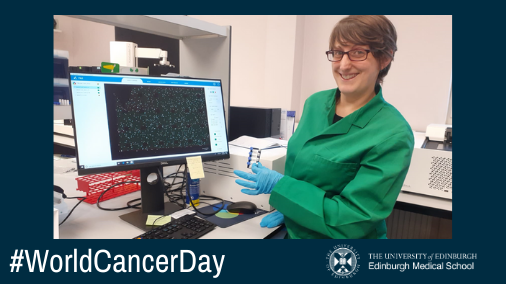What is RNA-seq?
RNA Sequencing (RNA-Seq) uses massively parallel next generation sequencing to detect and quantify the RNA from a sample.
Whilst there are a variety of RNA-Seq applications and protocols, most follow the basic strategy of isolating RNA converting it to DNA and then adding adapter sequences to generate a library suitable for sequencing.
The first step in any RNA-Seq project begins with identifying the experimental question, i.e. What are you interested in studying? To answer that, we need to look at what RNA-Seq can be used for.
What are the applications of RNA-seq?
Whole Transcriptome Sequencing
Whole transcriptome sequencing enables the characterization of all RNA transcripts including both the coding mRNA and non-coding RNA regardless of polyadenylation. To accurately look at the whole transcriptome, most library preparation protocols first start with the depletion of ribosomal RNA (rRNA) which otherwise takes up the majority of all sequencing reads. Assuming you’re not interested in ribosomal RNA, removing these transcripts allows for more of the sequencing reads to be focused on transcripts you’re actually interested in sequencing, giving you improved sensitivity toward low expressed transcripts.
mRNA Sequencing
mRNA-Seq is an RNA-Seq protocol that enriches for polyadenylated (PolyA) transcripts of the transcriptome. mRNA-Seq is a method used to study transcription in disease states as well as expression in variety of research based applications. Only around 1-2 % of the entire transcriptome is comprised of PolyA tailed RNA which is the coding part of the genome. By targeting mRNA, sequencing depth is improved as resources are dedicated to the sequencing of coding genes. This makes identifying rare variants and low expressed mRNA transcripts easier.
Gene Expression Profiling
Gene expression profiling measures which genes are being expressed in a cell at any given moment. Gene expression profiling identifies differentially expressed transcripts among groups of samples. Typical analysis includes mapping reads against a reference, counting reads per transcript, and statistical testing for differential expression.
Small RNA Sequencing
Small RNA Sequencing is a technique to specifically isolate and sequence small RNA species, such as microRNAs (miRNAs). Mature miRNAs are naturally occurring, 22-nucleotide, non-coding RNAs that mediate posttranscriptional gene regulation. Alterations in miRNA can be correlated with gene expression changes in development, differentiation, signal transduction, infection, aging and disease. Unwanted RNA species will be removed by size selection during library prep to ensure that a high proportion of reads represent the small RNAs.
Single Cell RNA-Seq
Single cell RNA-Seq (scRNA-Seq) is a tool that enables simple and robust access to the transcriptomes of thousands of single cells. This method enables analysis of millions of single cells in a high-throughput manner.
Continue reading “RNA sequencing options” →









